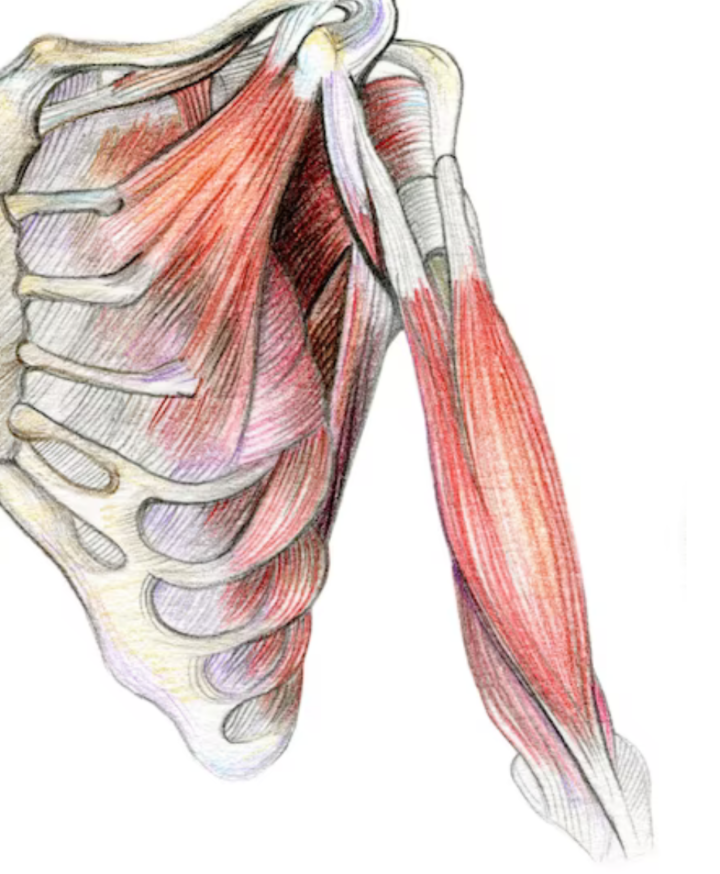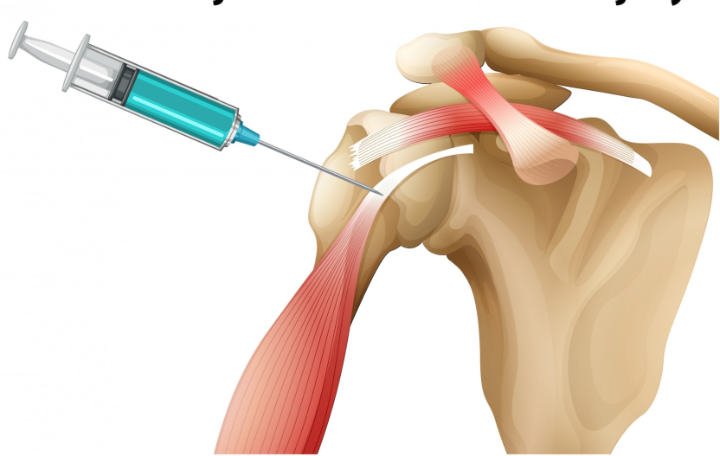Biceps tendinopathy is a condition that affects the biceps tendon, causing pain and discomfort. This can manifest in different forms, such as biceps tendonitis, injury, pain, and tear.
Biceps tendinopathy refers to a condition that affects the biceps tendon, which connects the biceps muscle to the bone at the shoulder and elbow joints. This condition can be characterised by a range of symptoms, such as pain, weakness, and restricted movement in the affected arm.
One of the primary causes of biceps tendinopathy is repetitive overhead activities, such as throwing a ball or lifting heavy weights. Age-related degeneration and sudden trauma can also contribute to the development of this condition.
When the biceps tendon is damaged, it can result in problems with shoulder and arm movements. If left untreated, biceps tendinopathy can lead to complications such as rotator cuff tears and shoulder impingement.
Biceps tendinopathy can lead to problems with shoulder and arm movements, and if left untreated, it can result in complications such as rotator cuff tears and shoulder impingement

Photo Credit: tedgun
Rotator cuff tears occur when the biceps tendon pulls away from the bone it’s attached to, causing the rotator cuff muscles to become damaged and weakened. Shoulder impingement, on the other hand, results from the biceps tendon rubbing against the shoulder joint, causing inflammation and pain.
It is important to seek medical attention if you suspect you have biceps tendinopathy to prevent further damage and complications. A healthcare professional can diagnose the condition and develop a treatment plan tailored to your specific needs.
Biceps tendinopathy can cause a range of symptoms that vary in severity and duration. Some of the most common symptoms of biceps tendinopathy include pain and tenderness at the front of the shoulder, weakness in the shoulder and arm, and limited range of motion.
In some cases, biceps tendinopathy may be caused by repetitive overhead activities, such as throwing a ball or lifting weights, which can place significant strain on the biceps tendon. Other factors that can contribute to biceps tendinopathy include age-related degeneration, trauma, and certain medical conditions.
Biceps tendinopathy is a condition that can affect anyone, from professional athletes to office workers. It’s important to recognise the symptoms and seek treatment as quickly as possible to prevent worsening of the condition.
If left untreated, biceps tendinopathy can lead to more serious complications, such as partial or complete tears of the biceps tendon. This can result in significant pain, weakness, and a loss of function in the affected arm.
If you are experiencing symptoms of biceps tendinopathy, it is important to seek medical attention promptly. Your doctor can help you identify the underlying cause of your symptoms and recommend appropriate treatment options to relieve pain and promote healing.
Biceps tendinopathy can be a frustrating and painful condition, but there are several treatment options available to help manage the symptoms and promote healing. The choice of treatment will depend on the severity of the condition and the individual’s specific needs. Here are some of the most common treatment options:

Photo Credit: brgfx
Rest: One of the most important steps in treating biceps tendinopathy is to rest the affected arm as much as possible. Avoid repetitive overhead activities that may exacerbate the symptoms. Ice the area regularly to reduce inflammation and ease pain.
Physical Therapy: A therapist can help develop a rehabilitation plan tailored to the individual’s physical therapy needs. The goal of therapy is to improve flexibility, reduce pain and weakness, and restore the range of motion in the affected arm.
Medication: Over-the-counter pain relievers, such as ibuprofen and acetaminophen, can help manage pain and reduce inflammation. In some cases, a doctor may prescribe stronger pain medications or corticosteroid injections to alleviate symptoms.
If non-surgical approaches do not provide relief, surgery may be necessary. The type of surgery will depend on the severity of the condition. Here are some of the surgical options:
Biceps Tenodesis: This surgical procedure involves detaching the biceps tendon from the shoulder joint and reattaching it to another location, such as the upper arm bone. This relieves tension on the affected area and helps improve range of motion.
Biceps Tenotomy: In this procedure, the biceps tendon is partially or completely detached from the shoulder joint. This may be recommended for older patients or those with less severe symptoms.
Regardless of the treatment method used, rehabilitation is an essential component of recovery from biceps tendinopathy.

Photo Credit: pvproductions
Rehabilitation may involve:
It is important to work closely with a medical professional to determine the most appropriate treatment plan for biceps tendinopathy, as well as to follow rehabilitation recommendations for a full and successful recovery